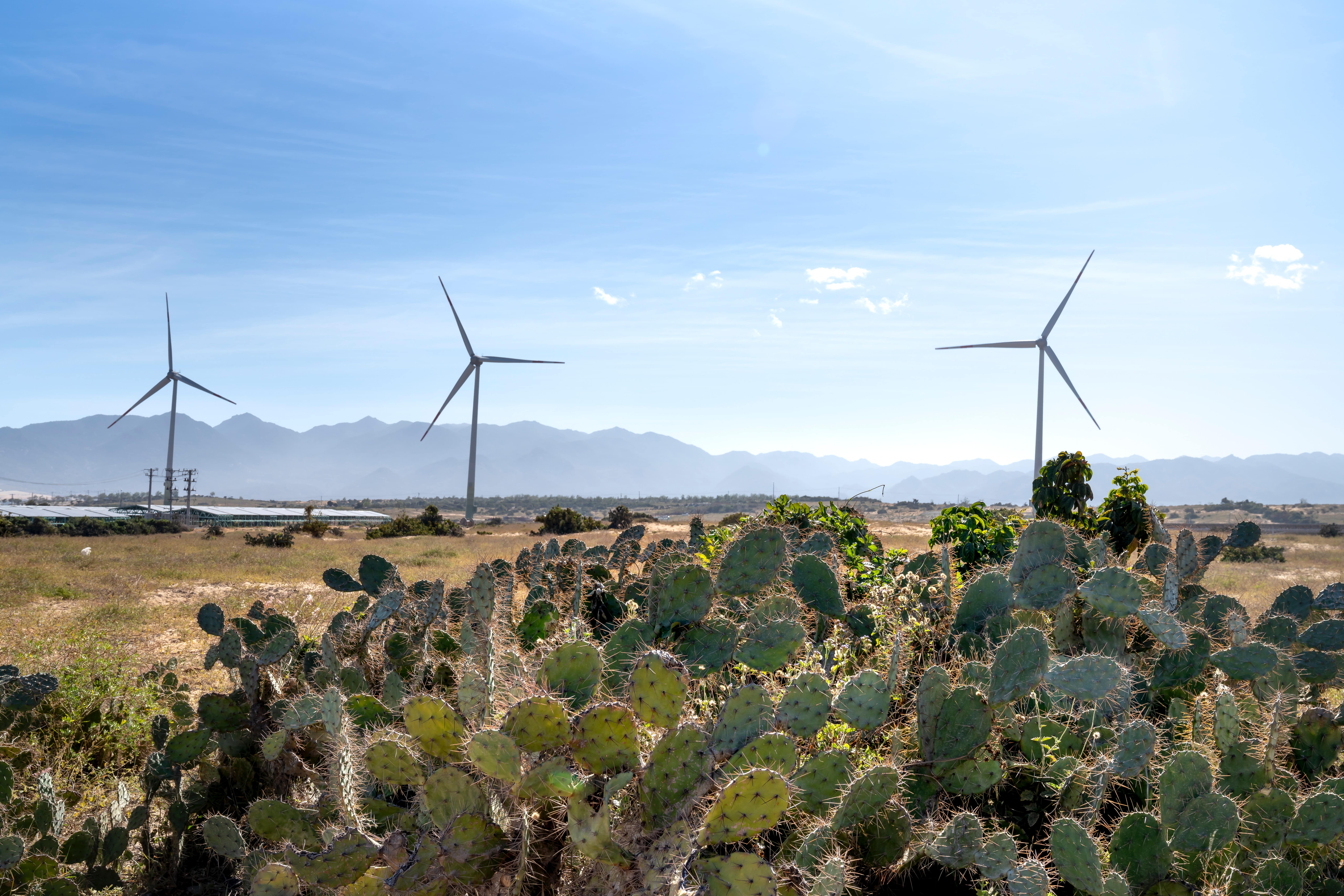Exploring Renewable Energy Sources
In our quest for a sustainable future, the importance of renewable energy sources cannot be overstated. With the growing concerns about climate change and the need to reduce our reliance on fossil fuels, alternative energy solutions have gained significant attention. In this article, we will delve into the world of renewable energy and explore various sustainable technologies that hold the key to a cleaner and greener future.
Solar Power
Harnessing the Energy of the Sun
Solar power, derived from the sun’s radiation, has emerged as one of the most promising renewable energy sources. Solar panels convert sunlight into electricity, providing a clean and abundant energy option. They can be installed on rooftops, solar farms, or even integrated into the design of buildings. The advancements in solar technology and decreasing costs have made it an increasingly viable choice for both residential and commercial use.
Wind Energy: Tapping into Nature’s Power
Another significant player in the realm of renewable energy is wind power. By harnessing the natural force of the wind, wind turbines generate electricity without emitting harmful pollutants or greenhouse gases. Wind farms, located on land or offshore, have become a common sight in many countries, contributing to the global shift towards clean energy. As technology improves, wind turbines are becoming more efficient and capable of generating power even in lower wind speeds.
Hydropower: Utilizing the Power of Flowing Water
Hydropower has been harnessed for centuries and remains a reliable source of renewable energy. By capturing the energy from flowing or falling water, such as rivers or waterfalls, hydropower plants generate electricity. Large-scale hydroelectric dams provide substantial power outputs, while smaller-scale installations can be found in rural or remote areas. Hydropower offers a consistent and predictable energy supply, making it an essential component of the renewable energy mix.
Geothermal Energy: Tapping into Earth’s Heat
Geothermal energy utilizes the heat stored within the Earth to generate electricity or provide heating and cooling for buildings. This renewable energy source takes advantage of geothermal reservoirs, where hot water and steam are present beneath the Earth’s surface. Geothermal power plants harness this heat to produce electricity, while geothermal heat pumps provide efficient heating and cooling solutions for homes and businesses. Geothermal energy is highly sustainable and operates continuously, making it an attractive option for many regions.
Bioenergy: Harnessing the Power of Organic Matter
Bioenergy utilizes organic matter, such as agricultural residues, forestry byproducts, and dedicated energy crops, to produce heat, electricity, or biofuels. Biomass power plants convert these feedstocks into energy through processes like combustion or anaerobic digestion. Biofuels derived from plant-based sources, such as ethanol and biodiesel, serve as alternatives to fossil fuels in transportation. Bioenergy offers a renewable and carbon-neutral solution, effectively utilizing organic waste and reducing greenhouse gas emissions.
Conclusion
As we strive for a sustainable future, exploring and adopting renewable energy sources is paramount. Solar power, wind energy, hydropower, geothermal energy, and bioenergy all play significant roles in reducing our carbon footprint and promoting a cleaner environment. Embracing these sustainable technologies, along with energy efficiency and eco-friendly practices, will pave the way for a greener and more sustainable planet. By incorporating alternative energy solutions into our daily lives, we can drive industry updates, mitigate climate change, and achieve a brighter future for generations to come.
Remember to regularly visit our directory for the latest information and updates on alternative energy, sustainable technologies, and clean energy practices.

